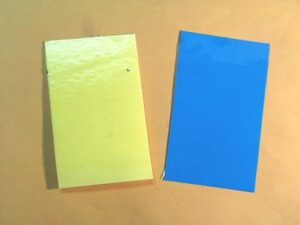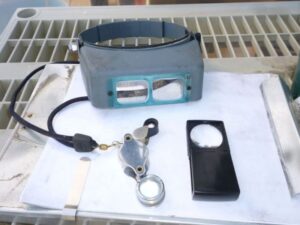Dr. Mengjun Hu, University of Maryland, and Kathy Demchak, Penn State University, have written an extensive article on effective strategies for Botrytis and Anthracnose fruit rot control for the 2022 season.
Managing gray mold (Botrytis) on strawberries is increasingly challenging because of fungicide resistance development, plus a new Botrytis species that is less susceptible to fungicides is becoming common in the mid-Atlantic region. Resistance to certain fungicides is also a problem in management of anthracnose fruit rot. This article describes disease management strategies designed to slow further resistance development, while also providing specifics for managing our two most common fruit rots.
The rest of the article can be accessed and downloaded as a PDF file by clicking on the following link: Botrytis and Anthracnose Mgt Strawberries final.



